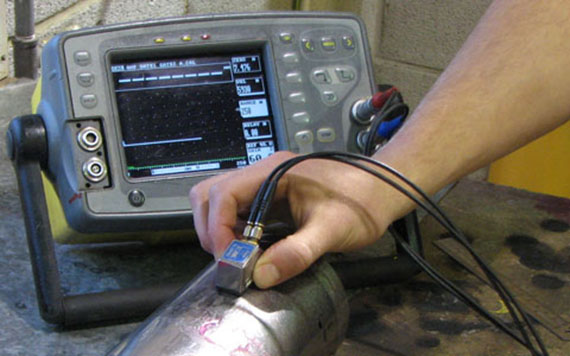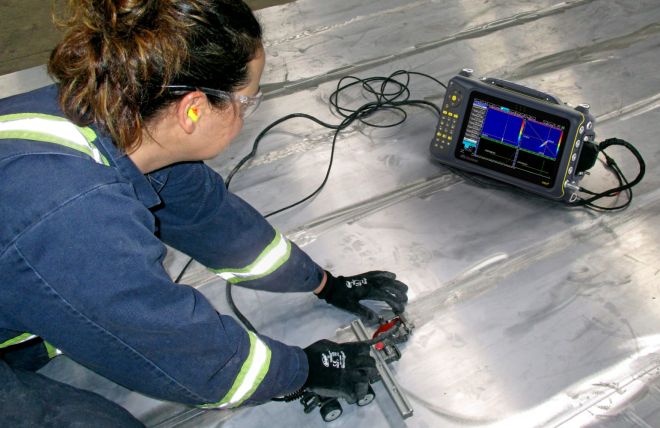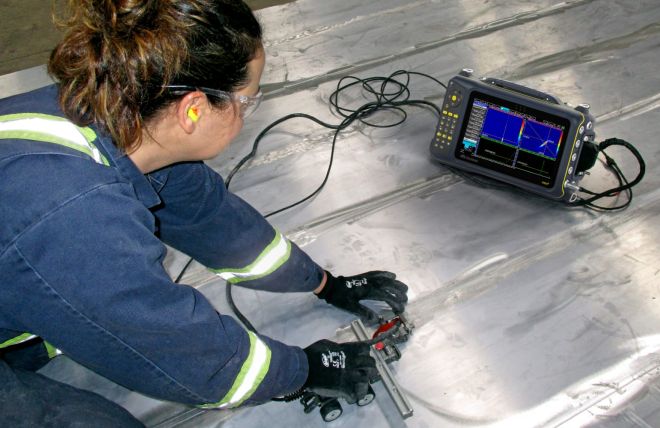In the realm of vibration testing, ensuring precision and efficiency is crucial for accurate results. At the heart of this process are synchronization methods, which play a pivotal role in achieving these objectives. This article delves into the intricacies of these methods, providing insights for industry QA professionals seeking to enhance their testing processes.

Understanding Vibration Testing
Vibration testing is a method used to evaluate the integrity and performance of products under various conditions. It involves subjecting items to controlled levels of vibration to assess their durability and identify potential points of failure. As industries continue to evolve, the demand for precise and efficient testing methods has surged, emphasizing the need for effective synchronization.
The Importance of Synchronization
Synchronization methods in vibration testing are essential for aligning the timing of data acquisition systems and vibration sources. Proper synchronization ensures that measurements are accurately captured, providing reliable data for analysis. Without synchronization, discrepancies can arise, leading to inaccurate conclusions and potential product failures.
Types of Synchronization Methods
There are several synchronization methods employed in vibration testing, each with its advantages and applications. Understanding these methods is key to selecting the most appropriate one for specific testing needs.
1. Time-Based Synchronization
Time-based synchronization is a widely used method that relies on precise timing signals to coordinate data acquisition. This approach ensures that all components of the testing setup operate in harmony, minimizing timing errors and enhancing data accuracy.
2. Frequency-Based Synchronization
Frequency-based synchronization involves aligning the frequencies of various components in the testing setup. This method is particularly useful in applications where maintaining consistent vibration frequencies is vital for accurate measurements.
3. Phase-Based Synchronization
Phase-based synchronization focuses on aligning the phase angles of signals. By ensuring that signals are in phase, this method helps eliminate phase discrepancies that can compromise data accuracy.
4. Event-Based Synchronization
Event-based synchronization is a dynamic approach that triggers data acquisition based on specific events or conditions. This method is advantageous in scenarios where unpredictable events may occur during testing.
Challenges in Synchronization
While synchronization methods offer significant benefits, they also present challenges. Ensuring precise synchronization requires meticulous calibration and continuous monitoring. Additionally, environmental factors such as temperature fluctuations and electromagnetic interference can impact synchronization accuracy. It is crucial for industry professionals to address these challenges to maintain the integrity of test results.
Overcoming Synchronization Challenges
To overcome synchronization challenges, industry professionals can implement several strategies. Regular calibration of equipment, shielding from electromagnetic interference, and using state-of-the-art synchronization technologies are effective measures to enhance synchronization accuracy.
Benefits of Effective Synchronization
Effective synchronization methods offer numerous benefits in vibration testing. These include improved data accuracy, enhanced repeatability, and increased confidence in test results. By ensuring that all components of the testing setup operate in unison, synchronization minimizes the risk of errors and enhances the reliability of the test outcomes.
Applications of Synchronization in Vibration Testing
The applications of synchronization in vibration testing span various industries, including automotive, aerospace, and electronics. In each of these sectors, precise and reliable testing is essential for product development and quality assurance.
Automotive Industry
In the automotive industry, synchronization is used to evaluate the durability and performance of vehicle components. By simulating real-world driving conditions, manufacturers can identify potential issues and make necessary improvements.
Aerospace Industry
In the aerospace sector, synchronization methods are critical for assessing the structural integrity of aircraft components. Accurate testing ensures that components can withstand the rigors of flight, contributing to the safety and reliability of aircraft.
Electronics Industry
In the electronics industry, synchronization plays a vital role in testing the resilience of electronic devices. By subjecting devices to controlled vibrations, manufacturers can ensure their products meet industry standards and perform reliably in various environments.
Future Trends in Synchronization Methods
As technology continues to advance, the future of synchronization methods in vibration testing looks promising. Innovations such as wireless synchronization, advanced algorithms, and real-time monitoring are expected to revolutionize the field, offering even greater precision and efficiency in testing processes.
Wireless Synchronization
Wireless synchronization technologies are gaining traction, offering greater flexibility and ease of use. By eliminating the need for physical connections, these technologies streamline testing setups and reduce the risk of signal interference.
Advanced Algorithms
Advanced algorithms are being developed to enhance synchronization accuracy and efficiency. These algorithms leverage machine learning and artificial intelligence to optimize synchronization processes, providing industry professionals with powerful tools for precise testing.
Real-Time Monitoring
Real-time monitoring solutions are becoming increasingly popular, allowing for immediate feedback and adjustments during testing. This capability enhances the responsiveness of testing setups, ensuring that any synchronization issues are promptly addressed.
Conclusion
In conclusion, synchronization methods in vibration testing are integral to achieving precision and efficiency. By understanding the various methods and addressing potential challenges, industry professionals can enhance their testing processes and ensure reliable results. As technology continues to evolve, the future of synchronization in vibration testing holds exciting possibilities, promising even greater advancements in the field.

FAQs
What are synchronization methods in vibration testing?
Synchronization methods in vibration testing refer to techniques used to align the timing and frequencies of data acquisition systems and vibration sources to ensure accurate and reliable test results.
Why is synchronization important in vibration testing?
Synchronization is crucial in vibration testing as it ensures that all components of the testing setup operate in harmony, minimizing errors and enhancing the accuracy and reliability of test results.
What challenges are associated with synchronization in vibration testing?
Challenges in synchronization include environmental factors such as electromagnetic interference and temperature fluctuations, as well as the need for precise calibration and continuous monitoring to maintain synchronization accuracy.
For more information on inspection and testing frequency, visit the HSE website.
Explore how synchronization between sensors and devices can enhance inspection accuracy.
This article contains affiliate links. We may earn a commission at no extra cost to you.
